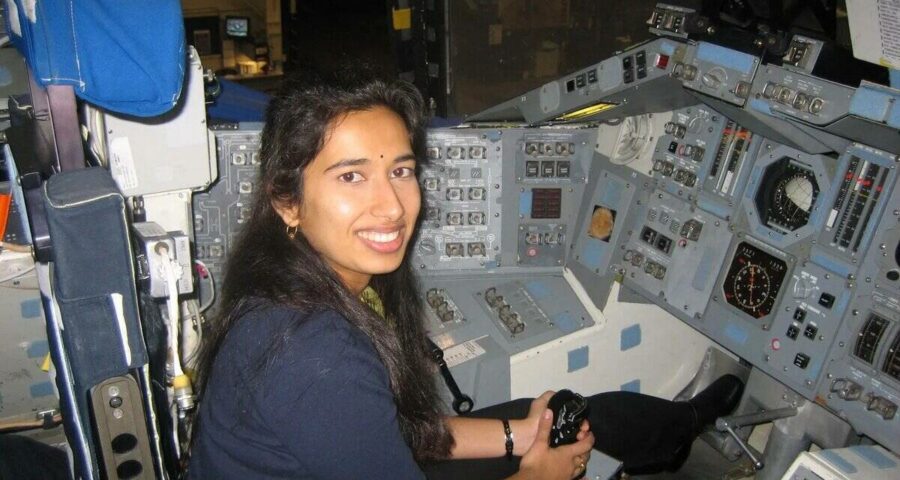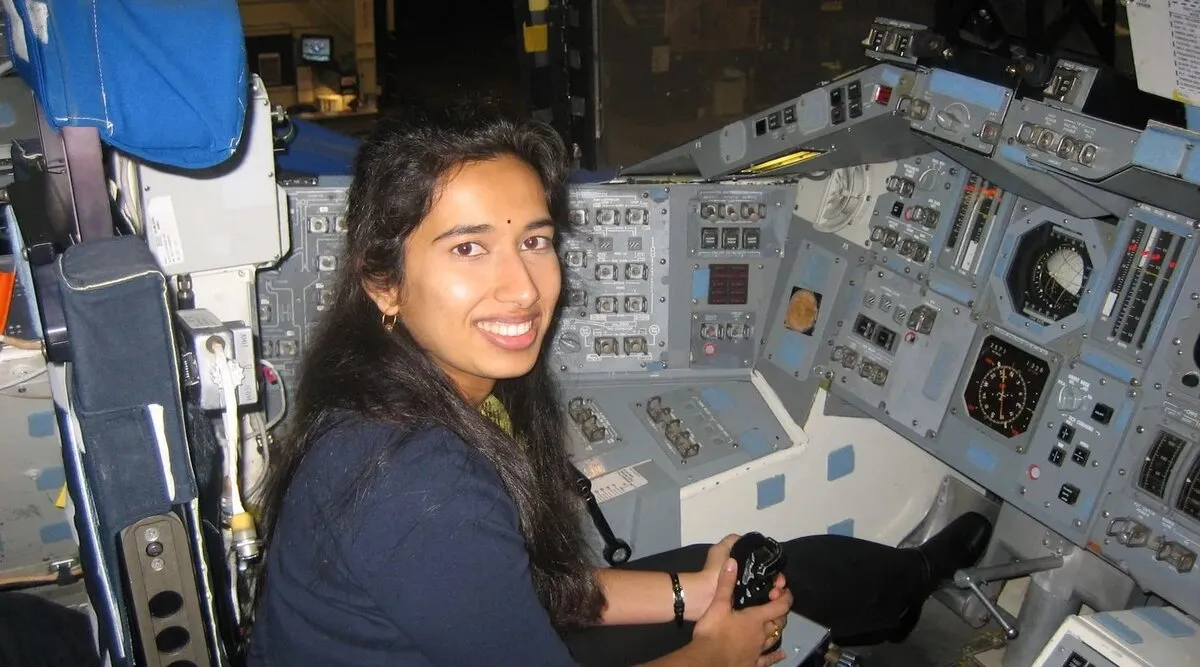Dr Swati Mohan first emigrated from India to the United States when she was just a year old. Mohan traces her love for space back to the American science fiction series ‘Star Trek’, which she first watched at the age of 9.
When NASA’s Perseverance rover gently touched down on the surface of Mars on Thursday after seven months in space, it was an Indian-American named Dr Swati Mohan, who first confirmed that the rover had survived a particularly tricky plunge into the Martian atmosphere.
“Touchdown confirmed! Perseverance is safely on the surface of Mars, ready to begin seeking the signs of past life,” a calm and composed bindi-clad Mohan announced soon after the rover landed, as cheers erupted in NASA’s mission control room in California.
Mohan, who successfully spearheaded the development of attitude control and the landing system for the rover, was among the team of scientists behind the historic mission. The attitude control system is responsible for pointing the rover in the direction it needs to be and also helps figure out where the spacecraft is oriented in space.
The Cornell graduate has been associated with the Perseverance Mars Mission since its inception and has been part of a number of other NASA missions over the years. Notably, she also worked on NASA’s Cassini mission to Saturn.
On Thursday, Mohan made history yet again, when she steered the controls and landing system of the rover and navigated a rather difficult touchdown, while the whole world watched with bated breath.
The NASA scientist first emigrated from India to the United States when she was just a year old. Most of her childhood was spent in the Northern Virginia-Washington DC area. Mohan traces her love for space back to the American science fiction series ‘Star Trek’, which she first watched at the age of 9. While she wanted to become a paediatrician until she was 16, she later decided to become an engineer and pursue her interest in space exploration.
The robotic vehicle sailed through space for nearly seven months and covered over 472 million km before entering the Martian atmosphere at 12,000 miles per hour (19,000 km per hour) to begin its approach to touchdown on the planet’s surface.
Source: Read Full Article


